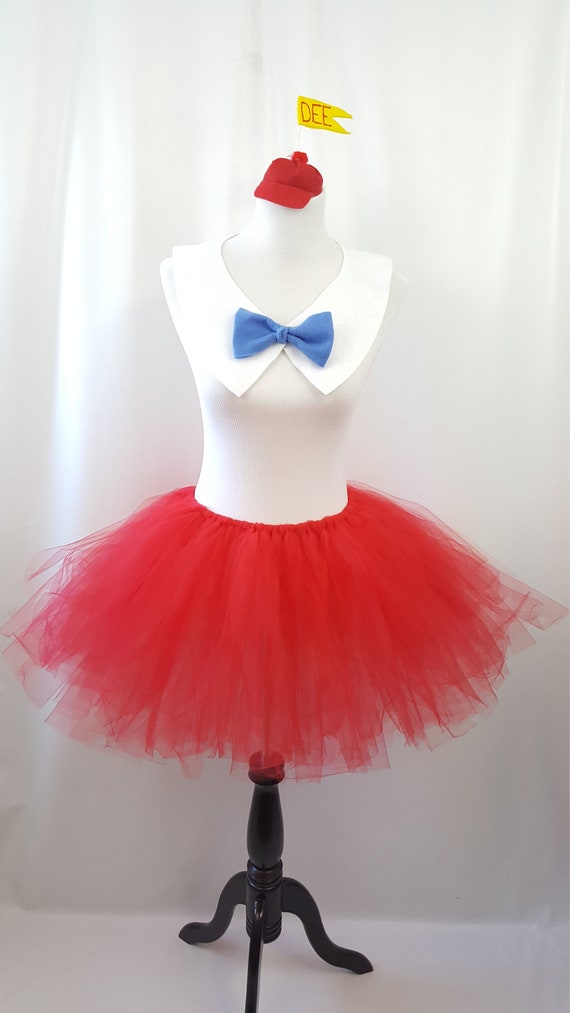

#TWEEDLE DEE AND TWEEDLE DUM COSTUME SERIES#
The Disney versions of the characters later appeared in the Disney television series House of Mouse and in the final scene of Who Framed Roger Rabbit. Pat O'Malley, and representing the sun and moon as they tell Alice the story of The Walrus and the Carpenter. Tweedledum and Tweedledee appear in the 1951 version of Alice in Wonderland, voiced by J.Tweedledum and Tweedledee appear in the 1934 Betty Boop short film Betty in Blunderland using their clubs to battle only for them to duck their heads into their shirts and surrender.

We choose between Tweedledum and Tweedledee." We vote? What does that mean? It means that we choose between two bodies of real, though not avowed, autocrats.


They agree to have a battle, but never have one. Carroll, having introduced two fat little men named Tweedledum and Tweedledee, quotes the nursery rhyme, which the two brothers then go on to enact. The characters are perhaps best known from Lewis Carroll's Through the Looking-Glass and what Alice Found There (1871). While the familiar form of the rhyme was not printed until around 1805, when it appeared in Original Ditties for the Nursery, it is possible that Byrom was drawing on an existing rhyme. Some say, compar'd to Bononcini That Mynheer Handel's but a Ninny Others aver, that he to Handel Is scarcely fit to hold a Candle Strange all this Difference should be 'Twixt Tweedle-dum and Tweedle-dee! Īlthough Byrom is clearly the author of the epigram, the last two lines have also been attributed to Jonathan Swift and Alexander Pope. The words "Tweedle-dum and Tweedle-dee" make their first appearance in print as names applied to the composers George Frideric Handel and Giovanni Bononcini in "one of the most celebrated and most frequently quoted (and sometimes misquoted) epigrams", satirising disagreements between Handel and Bononcini, written by John Byrom (1692–1763): in his satire, from 1725. Just then flew down a monstrous crow, As black as a tar-barrel Which frightened both the heroes so, They quite forgot their quarrel. Tweedledum and Tweedledee Agreed to have a battle For Tweedledum said Tweedledee Had spoiled his nice new rattle. Common versions of the nursery rhyme include:


 0 kommentar(er)
0 kommentar(er)
